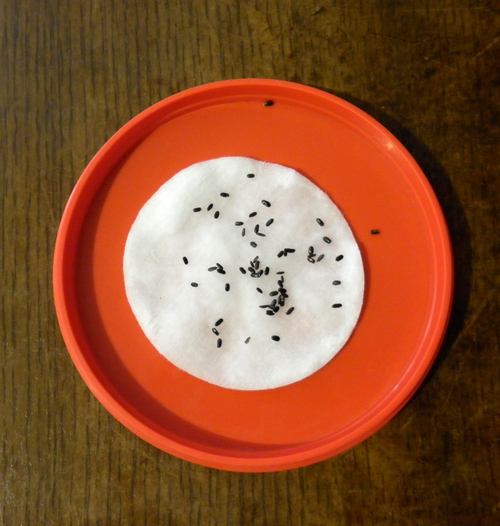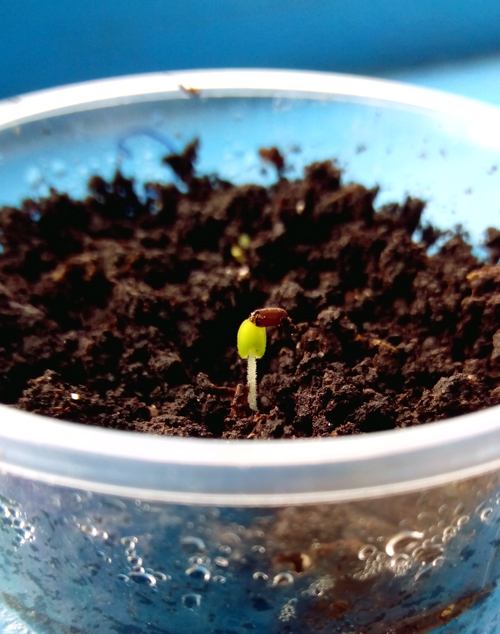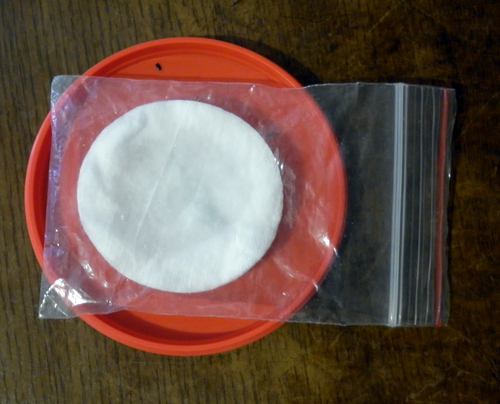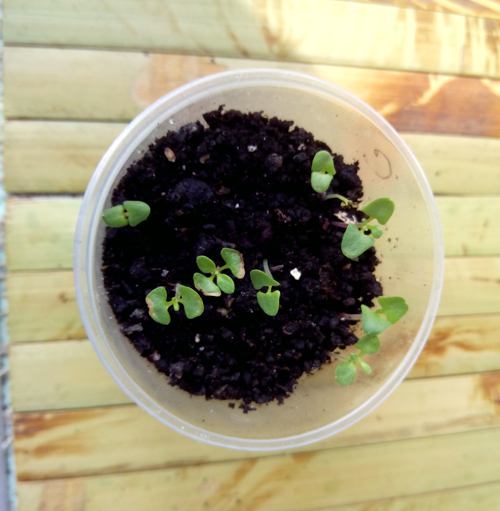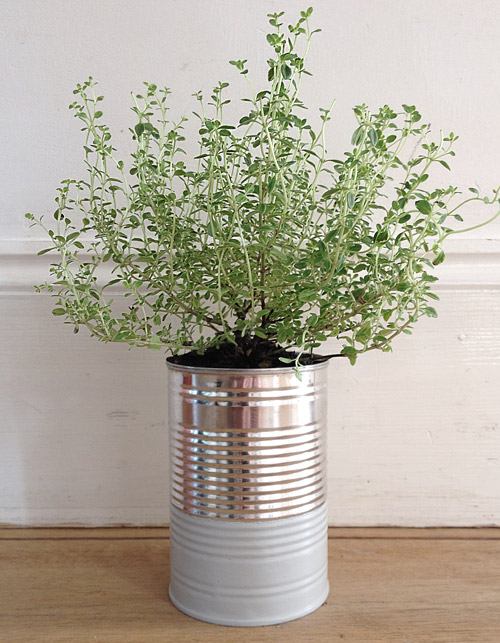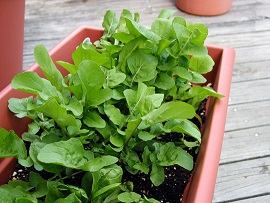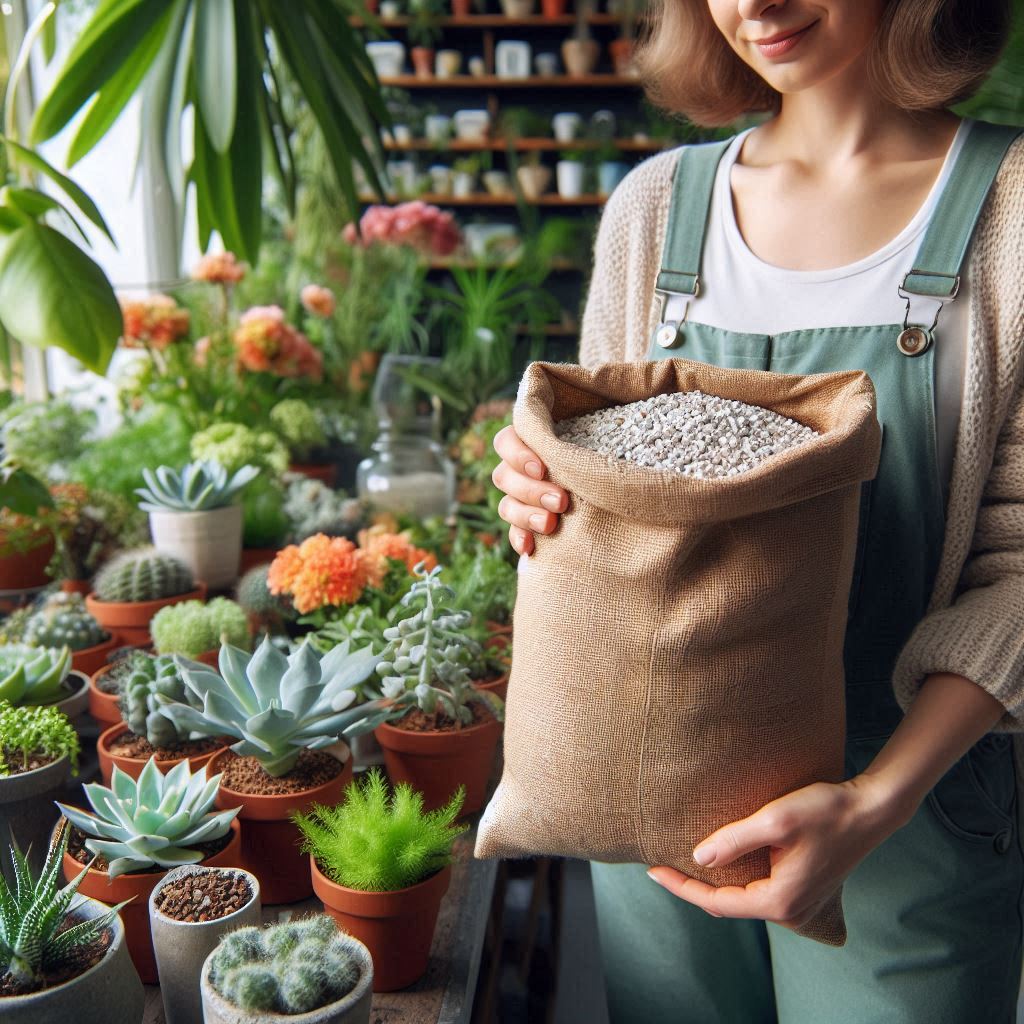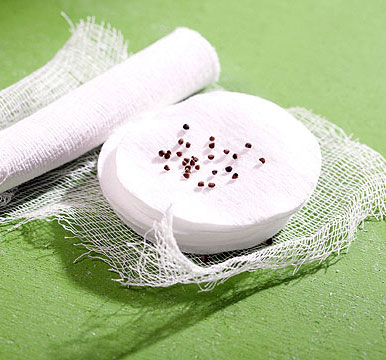Growing lavender from seeds at home is not difficult if you have some free space on a sunny south-facing windowsill or balcony and, to start with, a two-liter pot. Lavender is used in medicine and cosmetology , and it is a source of valuable essential oil .
How to Grow Lavender from Seeds
A pot for lavender should have good drainage, as lavender cannot tolerate standing water. The soil should be sandy-peaty, with an alkaline reaction. You can add perlite and vermiculite to the mixture. Additionally, crushed eggshells can be added to slightly alkalize the soil mix.
Before planting, the seeds need to undergo stratification . When planting the seeds, cover them with 3 mm of soil and place them in a bright, cool spot, covering them with plastic wrap until the first sprouts appear. The seeds have low germination rates, so it’s a good idea to stratify 15-20 seeds in the refrigerator.
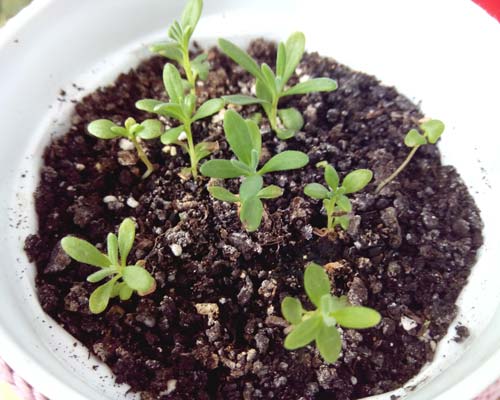 Matured lavender, about 2 months old
Matured lavender, about 2 months old
When the lavender reaches six pairs of leaves, you should trim or pinch the top to encourage bushier growth. Young plants require gentle but regular watering—early in the morning and in the evening—while also misting the green parts of the plant. Lavender needs to be fertilized.
The plant should get at least 10 hours of light each day. You may need to provide additional lighting in the evenings or on cloudy days. Ensure the leaves don’t get scorched by the intense sun.
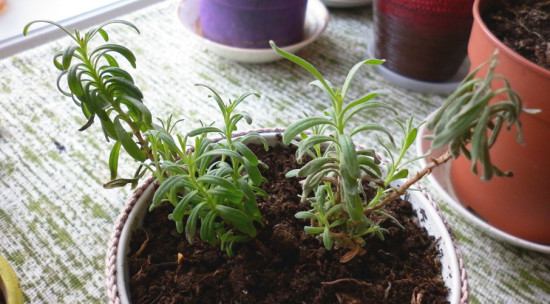 My lavender falling asleep before winter dormancy.
My lavender falling asleep before winter dormancy.
In the first year, lavender looks rather modest, with sparse branching. In the second year, however, it will bloom. The plant needs good ventilation, but avoid strong drafts.
A year after sowing, lavender should be pruned to 15 cm above the soil. This will ensure your bush is dense and attractive. Pruning should also be done after flowering.
During winter, lavender can rest, for example, on a glazed balcony. The temperature should not drop below 5 degrees Celsius.
It’s best to transplant lavender in early autumn or spring so that the plant has time to settle into its new pot before blooming. Lavender is endowed with remarkable healing properties .
Read about how to use your lavender harvest in the article 10 Ways to Use Lavender .
